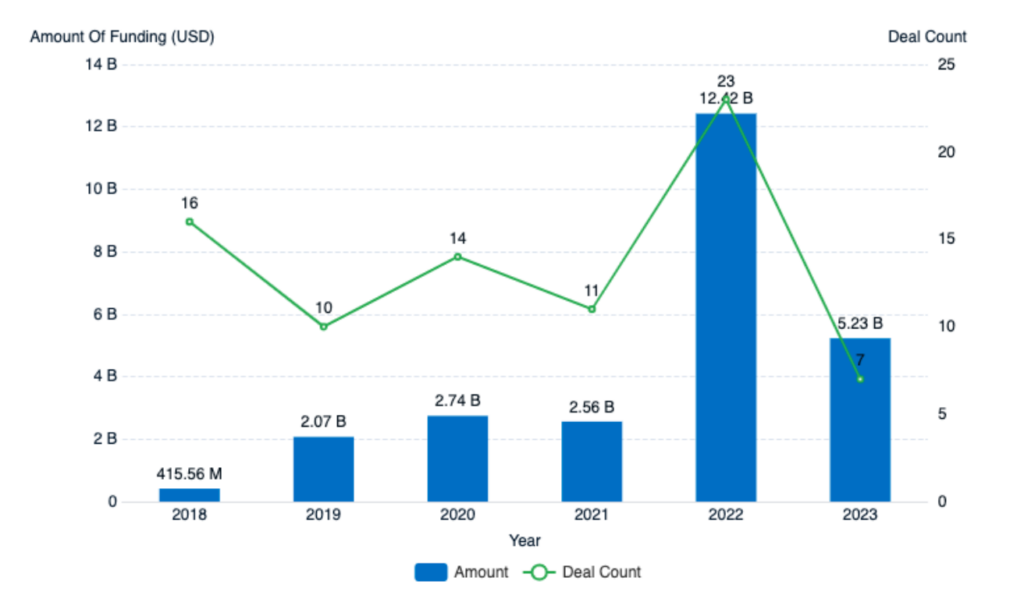Wind Tech: New Developments & Prospects in Wind Power
Wind power technology is becoming increasingly popular in the renewable energy industry. With the growing demand for sustainable and clean energy sources, wind power is one of the most promising options.
In this article, we will explore the latest trends and advancements in wind power technology that are changing the renewable energy landscape.
What is Wind Power Technology?
Wind power technology harnesses the kinetic energy of wind and converts it into usable electrical energy. It involves the utilization of wind turbines, which consist of large blades mounted on a tall tower. As the wind blows, it causes the blades to rotate, and this rotational motion is then transformed into electricity through a generator.
Wind power technology offers numerous advantages. It’s a clean and renewable energy source, as it does not emit greenhouse gases or pollutants during operation, thereby helping to combat climate change and reduce air pollution. What’s more, wind power is abundant and widely available, making it a valuable resource in many regions around the world.
What are the Components of Wind Power Technology?
The key components of wind power technology include:
- Wind Turbines: These are the primary devices that capture the energy from the wind. They typically consist of multiple blades, which are designed to maximize energy capture and rotate in response to wind flow. The rotor is connected to a generator that converts the mechanical energy into electrical energy.
- Towers: Wind turbines are mounted on tall towers to capture stronger and more consistent wind speeds. The height of the tower is important because wind speeds generally increase with elevation.
- Control Systems: Wind turbines are equipped with control systems that optimize performance and ensure safe operation. These systems monitor wind speed and direction, adjust blade pitch or orientation, and regulate the turbine’s output based on grid demands or environmental conditions.
- Grid Connection: Wind power systems are connected to the electrical grid to deliver the generated electricity to consumers. Power electronics and transformers are used to match the wind turbine’s output to the grid’s voltage and frequency requirements.
The Latest Trends and Advancements in Wind Power Technology
Increased Efficiency of Wind Turbines
One of the most significant developments in wind power technology is the increased efficiency of wind turbines. With advancements in blade design and control systems, wind turbines can now generate more electricity than ever before. This increased efficiency is driving down the cost of wind power, making it more competitive with traditional energy sources.
Data Analytics and Artificial Intelligence Optimization
Another important trend in wind power technology is the use of data analytics and artificial intelligence (AI) to optimize the performance of wind turbines. By collecting and analyzing data on wind conditions, temperature, and other factors, AI can adjust the operation of wind turbines to maximize energy production. This technology is still in its early stages, but it has the potential to significantly improve the efficiency and reliability of wind power systems.
Offshore Wind Power
Offshore wind power is another promising area of research in wind power technology. By building wind turbines out at sea, where winds are stronger and more consistent, offshore wind power has the potential to generate even more electricity than onshore wind power. While this technology is still relatively new, it has already shown great promise, with the first offshore wind farms producing electricity in Europe and China.

Offshore wind power has experienced a surge in growth over the past year, with 23 deals totaling $12.42 billion in 2022 compared to only 11 deals totaling $2.56 billion in 2021. The race for sustainable energy and reducing reliance on fossil fuels is driving this trend. Significant advancements in offshore wind power technology have enabled consistent energy generation with minimal intervention once turbines are set up.
Airborne Wind Energy Systems (AWES)
Airborne Wind Energy Systems (AWES) use tethered flying devices, such as kites or drones, to capture wind energy at higher altitudes where winds are stronger and more consistent. While still in the experimental phase, AWES has the potential to generate more energy than traditional wind turbines and could be particularly useful in areas where traditional wind turbines are not feasible.

As AWES technology is still in the experimental phase, it’s unsurprising that patents are primarily focused on enhancing efficiency and reducing costs. These two factors are essential for enabling the technology to be more broadly adopted. However, once the optimal balance between efficiency and cost is achieved, AWES will likely become a critical component of the transition toward environmentally-friendly energy sources.
Closing Thoughts
Wind power technology is evolving rapidly, and the developments and prospects are promising for the renewable energy industry. With increased efficiency, data analytics, and AI optimization, and exciting new prospects like offshore wind power and airborne wind energy systems, wind power is emerging as a leading option for clean and sustainable energy. Continued investment in research and development can unlock even more potential for this technology and accelerate the transition to a clean energy future.